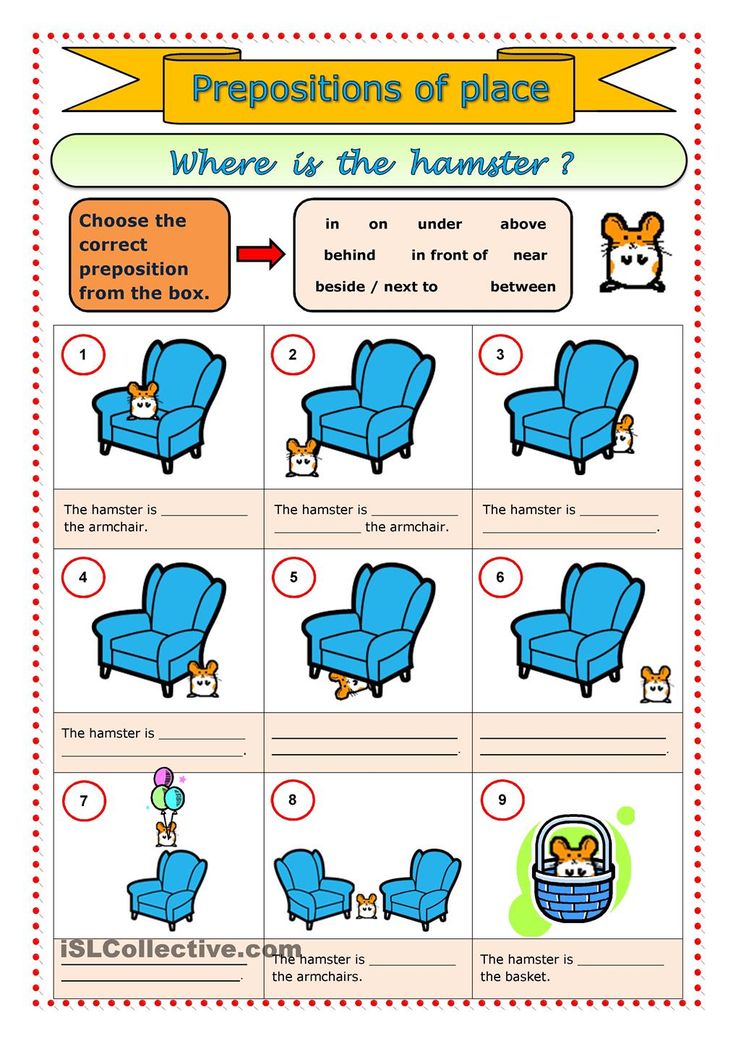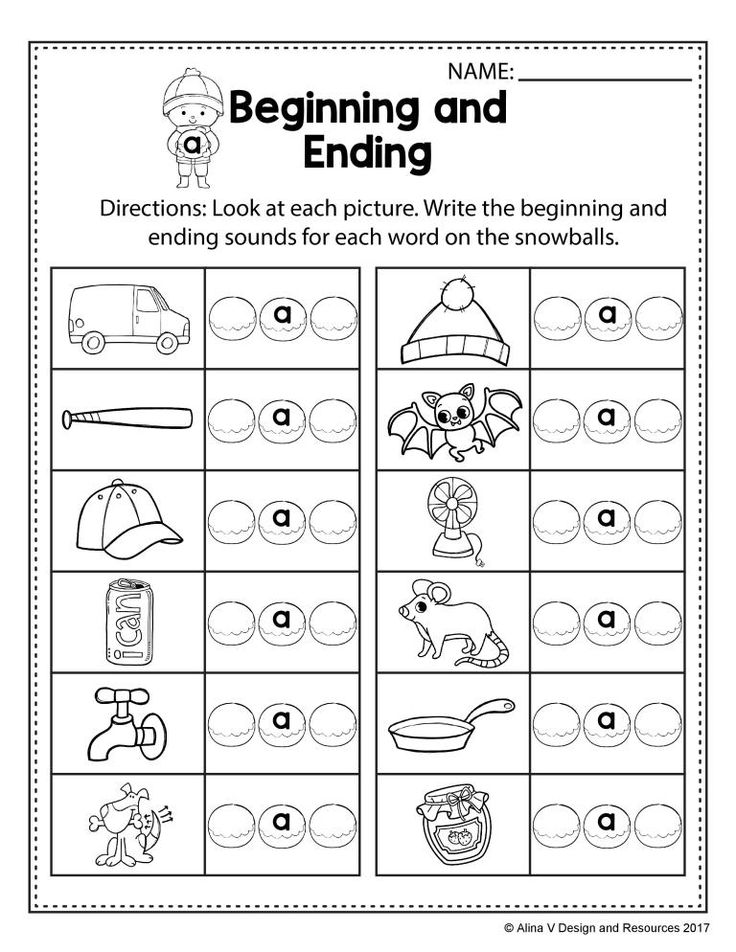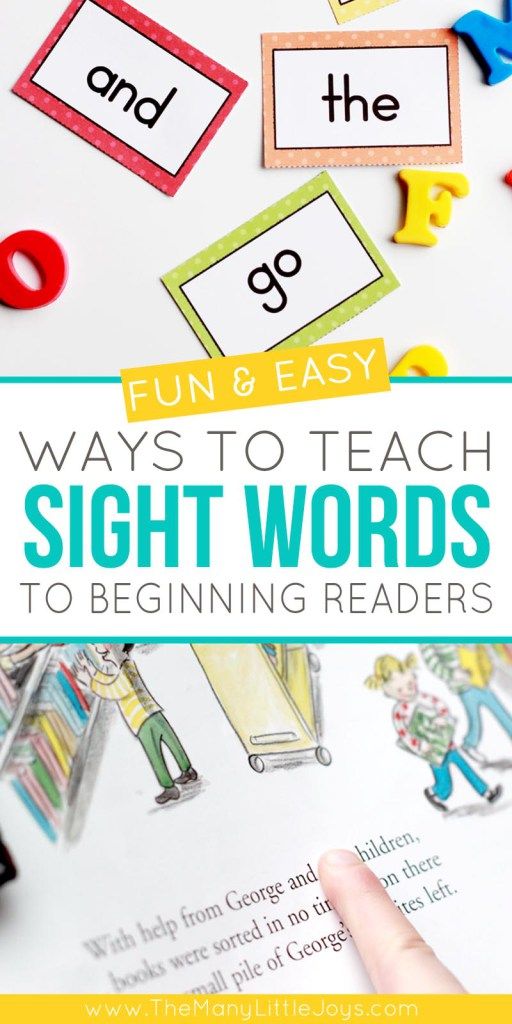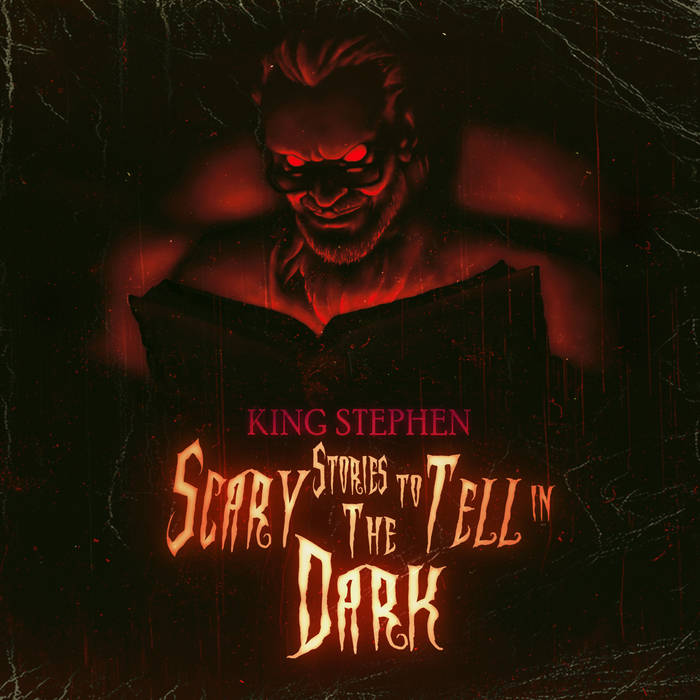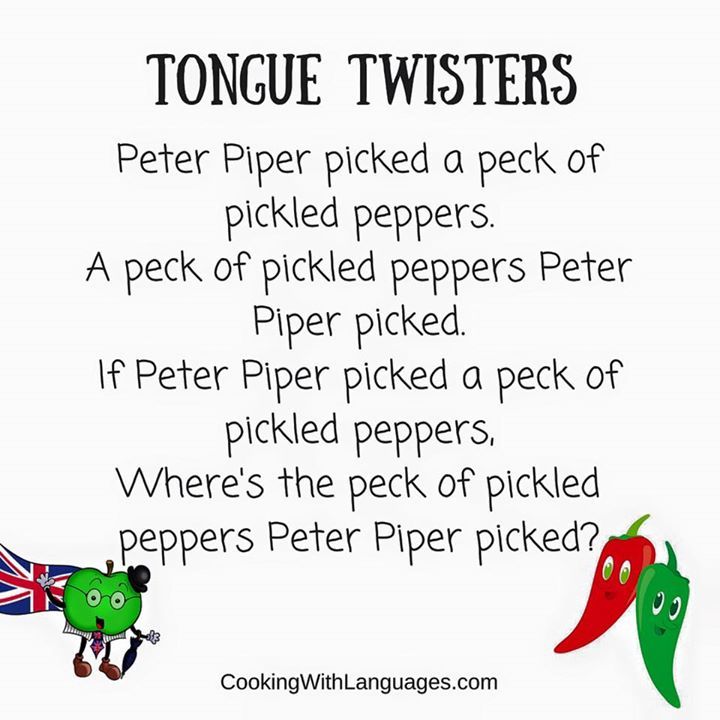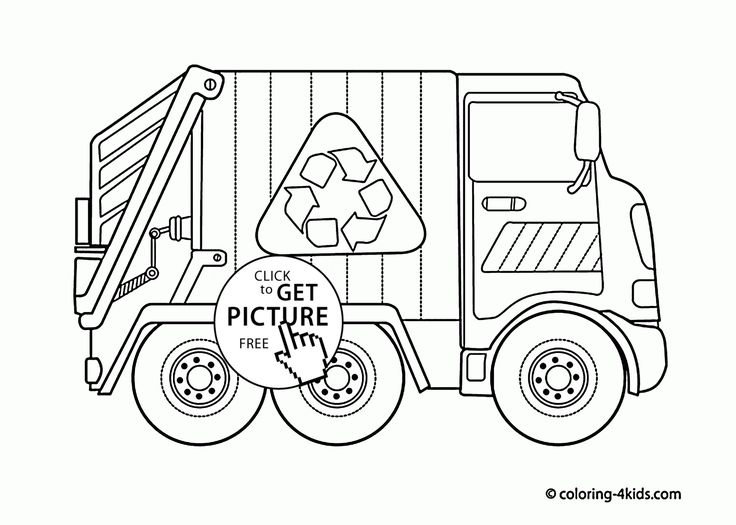Prepositions for kids
Prepositions for Kids
by Craig Shrives
This Page Includes...
- Video
- Printable & Sendable Test
What Are Prepositions? (for Kids)
Prepositions are linking words. There are over 100 different prepositions. Here are three common ones:
- in
- on
- at
Let's Use Some Prepositions!
Let's start this lesson by using some prepositions. Select the best preposition to fill the gap.
Notice that these prepositions tell us where things are.
- The mouse is under the chair.
- My apple is on the plate.
- He is behind bars.
As well as telling us where things are, prepositions can also tell us when things are. Let's do some examples.
Select the best preposition to fill the gap.
- Meet me in the morning.
- Clean your room before dinner.
- The train will leave at 4 o'clock.
- Anna was in Germany in October. ("In" is a preposition. The first "in" tell us where. The second "in" tells us when.)
Prepositions Are Linking Words
The word "preposition" means "placed before."
A preposition is placed before a word to show the relationship with a nearby word. So, a preposition links one word to another.
Click on a Preposition
The mouse is above the box.
The preposition "above" is placed before "the box" to show the relationship between "the box" and "the mouse."
Examples of Prepositions
Prepositions are extremely common because we need them to show how words relate to each other. For example:
For example:
- John is near the cow. (Here, the preposition "near" tells us the relationship between "the cow" and "John.")
- I saw your key by the lamp. (Here, the preposition "by" tells us the relationship between "the lamp" and "your key.")
Here are 30 common prepositions:
- about, above, after, against, as, at, before, behind, below, beside, between, by, down, during, except, for, from, in, inside, into, of, off, on, over, through, to, under, until, up, with
Here is a list of 130 prepositions.
More about Prepositions
Here is the most important point about prepositions:
- A preposition shows the relationship between the word it is positioned before and another nearby word.
As you learn more about prepositions, you will soon notice that not all prepositions tell us where or when things are.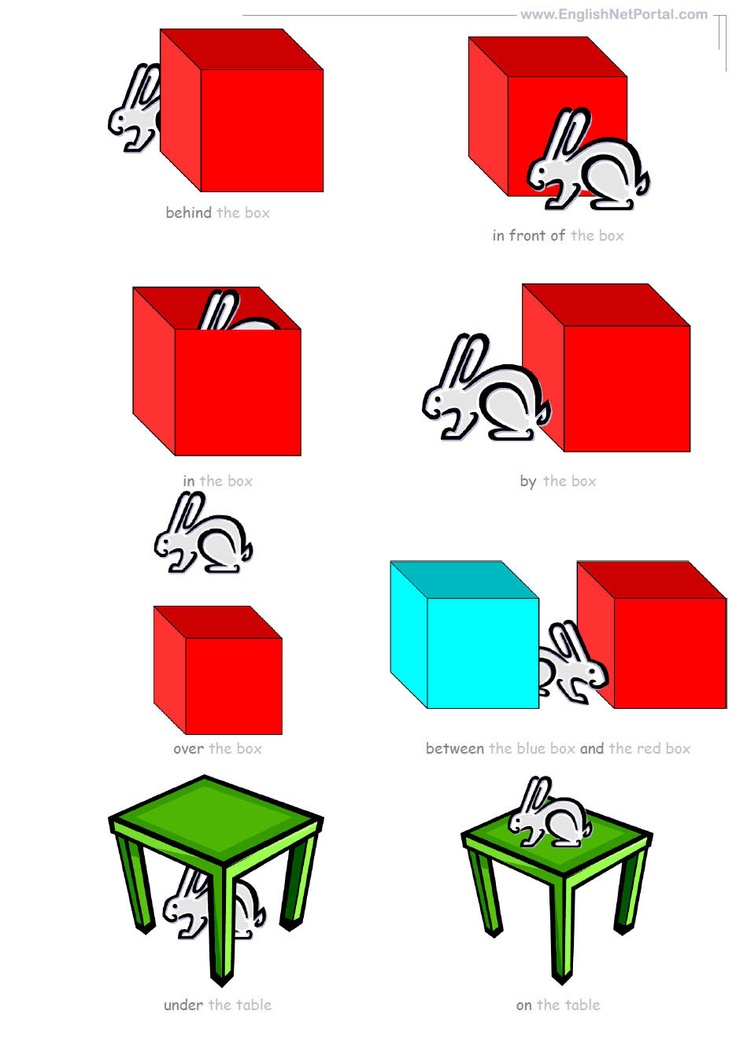 Prepositions can tell us other things too, like ownership and how. For example:
Prepositions can tell us other things too, like ownership and how. For example:
- We found the fingerprints of the robber. (Here, the preposition "of" tells us about possession. It is positioned before "the robber" to show the relationship to "the fingerprints.")
- Tina sang with passion. (In this example, the preposition "with" tells us how. It is positioned before "passion" to show the relationship to "sang.")
Video Lesson
Here is a video lesson on prepositions:
Printable Test
Help Us Improve Grammar Monster
- Do you disagree with something on this page?
- Did you spot a typo?
Find Us Quicker!
- When using a search engine (e.g., Google, Bing), you will find Grammar Monster quicker if you add #gm to your search term.
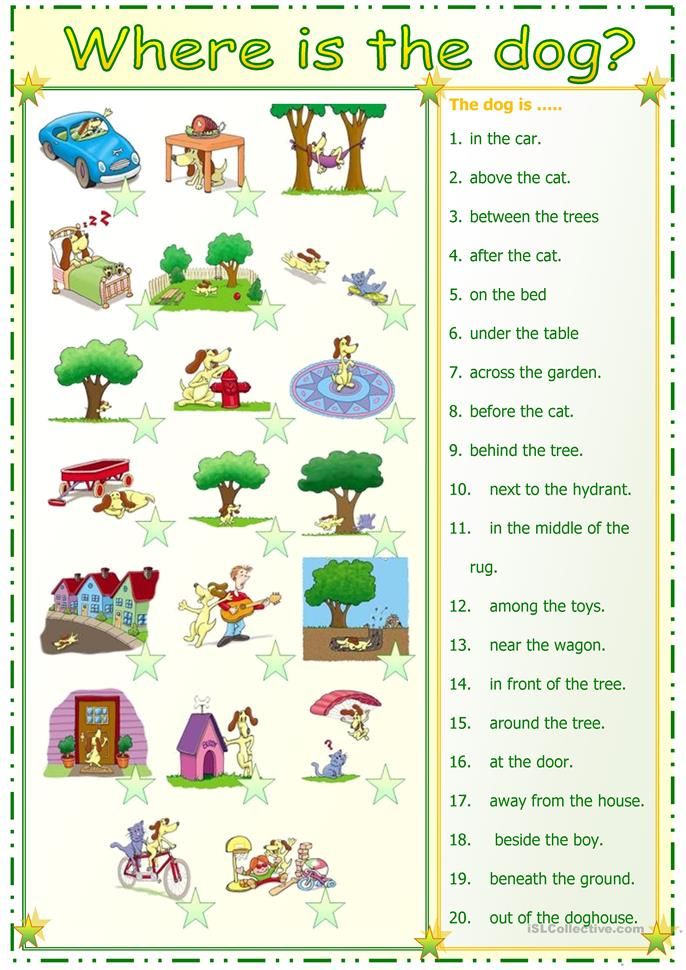
Next lesson >
See Also
Adjectives for kidsAdverbs for kidsConjunctions for kidsNouns for kidsPronouns for kidsInterjections for kidsVerbs for kidsprepositions for adult learnersprepositions of time (at, on, in)prepositions of place (at, on, in)
Page URL
Technical Help
- Download the latest grammar-checker app.
Grammarly's app will help with:
(1) Avoiding spelling errors
(2) Correcting grammar errors
(3) Finding better words
(This free browser extension works with webmail, social media, and texting apps as well as online forms and Microsoft Office documents, like Word and Teams.)
Self Help
- Buy the grammar book that's right for you.
Hired Help
- Hire an online tutor from the British Council.
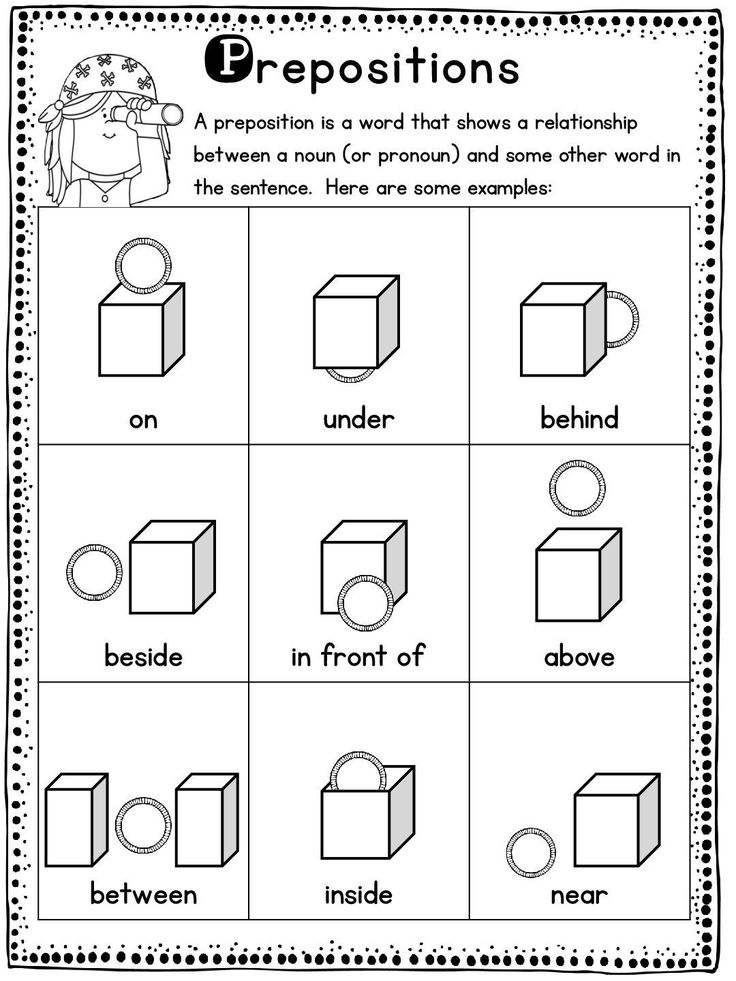
Games for Learning Prepositions
Here are some tests and games for learning about prepositions:
- Find-the-preposition test
- Drag-and-drop game for prepositions
- Prepositions game (bubble-pop game)
- Prepositions game (whack-a-word)
- Prepositions game (fish game)
Next lesson >
A Helpful Guide, Plus Fun Activities
If you’re like most parents, then you’re probably very busy with an endless to-do list. This can make it challenging to help your child with prepositions for kids.
Before you start worrying about your child’s language and vocabulary development, fear not! We are here to help.
Our HOMER experts know a thing or two about helping children understand the parts of speech, and today, we’ll be focusing on prepositions. To be specific, we’ve compiled a detailed guide for you.
Without further ado, let’s get started.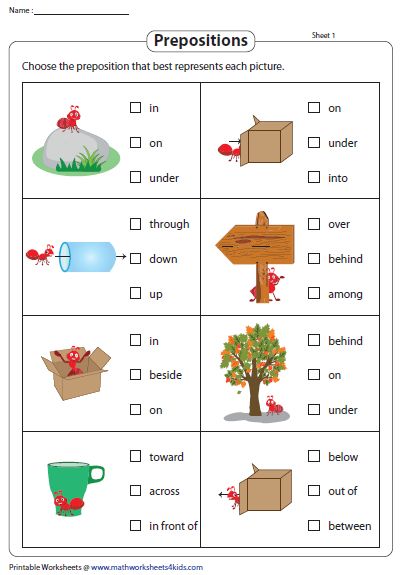
What Are Prepositions?
Prepositions as the linking words in a sentence that help express relationships between other words in that sentence.
Under and inside are prepositions we commonly use in the English language to describe where something is. Besides indicating position, prepositions also help describe when something is happening (before and after, for instance).
In a sentence, prepositions are meant to be followed by a noun, pronoun, or noun phrase (e.g., the door, an apple, etc.) that acts as an object. For instance: “Put the apple on… ” is not a full idea because the preposition “on” needs an object after it (“Put the apple on the table.”).
We’ve mentioned that most prepositions express time and location. So, let’s have a closer look at that.
Prepositions For Time
Some of the most common prepositions for time are at, on, by, and after.
For example:
- Our class will start at 4 pm.

- We are going to the park on Friday.
- I’ll be home by midday.
- We’ll drive home after the game.
Prepositions For Location
A few prepositions you might regularly use to indicate location are under, on, in, and above.
For example:
- Place your book under the table.
- The dog is sitting on a chair.
- Your crayons are in your bag.
- The plane flies above the clouds.
Sometimes, it can be challenging for children to grasp the concept of prepositions entirely, but with practice and some of the below tips, your child will soon get there!
Before you can incorporate our tips for helping your child with prepositions for kids, they must be at the right age to start learning this concept.
When Do Children Learn About Prepositions?
Babies pick up a lot of their language from their parents, siblings, and caretakers.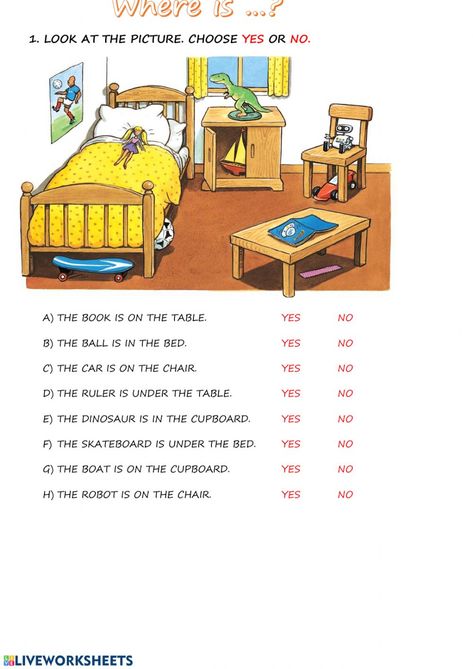 By 24 months, toddlers commonly use the prepositions “on” and “in.”
By 24 months, toddlers commonly use the prepositions “on” and “in.”
In early grades, prepositions are formally introduced. Typically, this would be after third or fourth grade. This is because, unlike verbs or nouns, prepositions are not as easy to understand.
From one of the examples above, we described how “on” can have different meanings. There are also the prepositions “to,” “for,” and “of,” which have various functions in sentences. All of this can be challenging for our young learners.
During toddlerhood and early childhood, teaching prepositions for kids is about exposure more than anything. One of the best ways to help children understand prepositions is by encouraging them to carry out instructions that have prepositions in them.
For example, you might say, “Please put this book on the table.” Simple instructions like this are often effective in helping familiarize children with prepositions.
Importance Of Prepositions For Kids
Why are prepositions so important for kids to understand? Why put so much time and effort into helping your child grasp these simple words? Let’s take a look.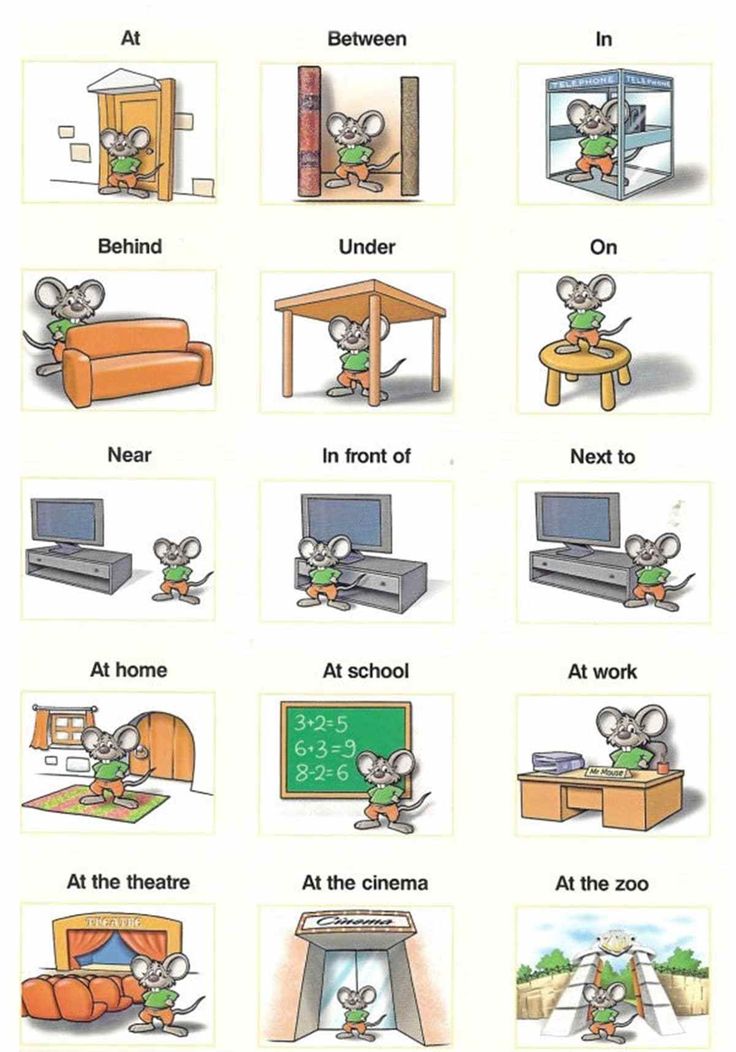
Better Communication
One of the biggest benefits of helping your kid know prepositions is that it will help them communicate better.
As already explained, prepositions can be tricky to understand. While these words may be few and pretty short, using them correctly can make a big difference in communication.
Helping your child with prepositions from a young age can enable them to grasp the concept early, practice them often, and know how to use them correctly as they begin constructing sentences.
Improved Ability To Follow Directions
When your child understands prepositions, it will be easier for them to carry out instructions independently. For example, “Please place your crayons in the box” will not be mistaken for “Please place your crayons behind the box.”
Whether it’s in, on, behind, against, or beneath, your child will be clear on what they need to do and confidently do so.
How To Teach Prepositions For Kids
1) Read About It
Sometimes the best place to start with teaching children prepositions (or anything else) is through books.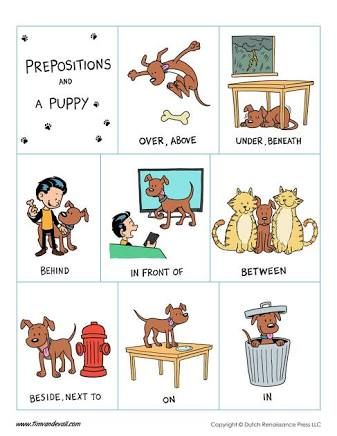 If your child is like most kids, then they already love listening to you read stories to them, so this is an easy one!
If your child is like most kids, then they already love listening to you read stories to them, so this is an easy one!
There are tons of books online that you can read to help introduce your child to prepositions and how they work. The following are a few great books for kids aged 2-6 years old:
- Where’s Spot?
- Rosie’s Walk
- Up, Down, and Around
- The Berenstain Bears Inside Outside Upside Down
- Hide-and-Seek: A First Book of Position Words
2) Choose The Missing Word
Once your child has a basic understanding of prepositions, it’s time to test their knowledge (but in a fun and easy way!).
Start by writing a simple sentence and leaving out the preposition. Read the sentence to them and give them a few options to see which word works best in the blank spot.
For example, you can write down, “I have dance lessons _ Tuesday,” and then give your child three possible options (in, on, under).
It can be great practice to help your child consider each option before deciding on one.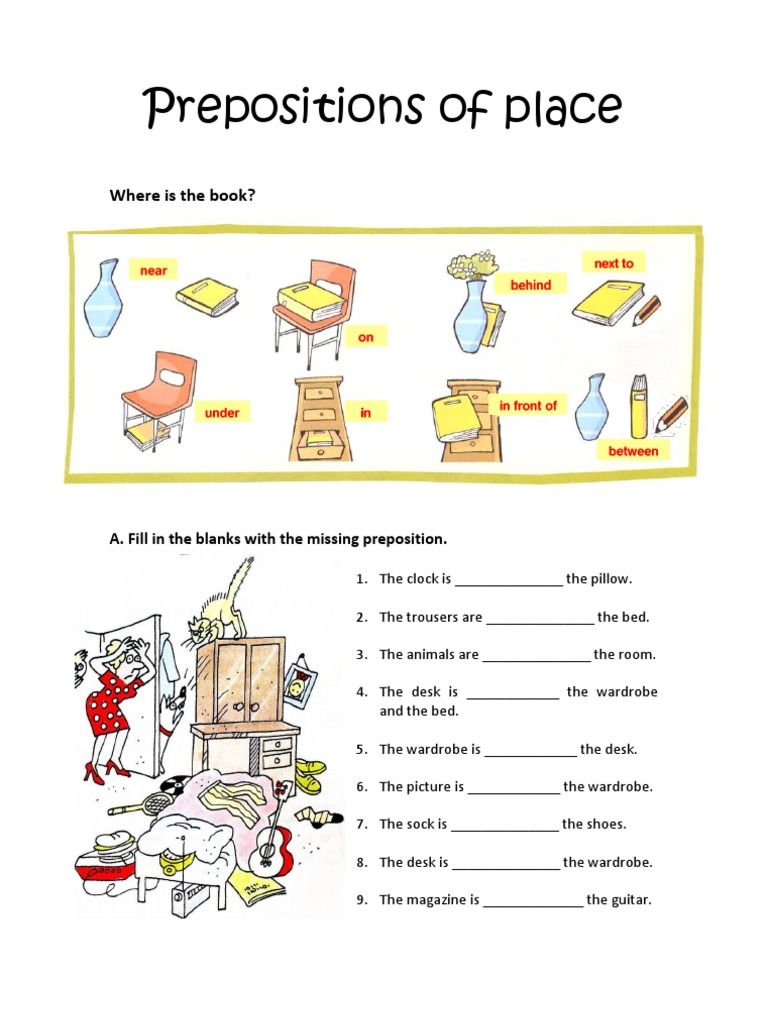 Ask them, “Can I have dance lessons in Tuesday?” or “Can I have dance lessons under Tuesday?”
Ask them, “Can I have dance lessons in Tuesday?” or “Can I have dance lessons under Tuesday?”
This questioning and taking the time to think about every option can help your child understand why “on” is the correct answer. It can also make the game silly and fun (“We can’t sit under the floor!”)
3) Fix The Strange Sentence
This fun activity works similarly to the previous one, except this time, you’ll write and read a sentence with an incorrect preposition, and then ask them to fix it.
Using the example above (“I have dance lessons in Tuesday”), what sounds funny about this sentence? In this example, your child will need to recognize that “in” is the problem and suggest what word should be used instead.
4) Expand A Sentence
Earlier, we mentioned that prepositions are the linking words that express position, time, and other functions in sentences.
A great way to help your child understand this is by helping them use prepositions with simple sentences.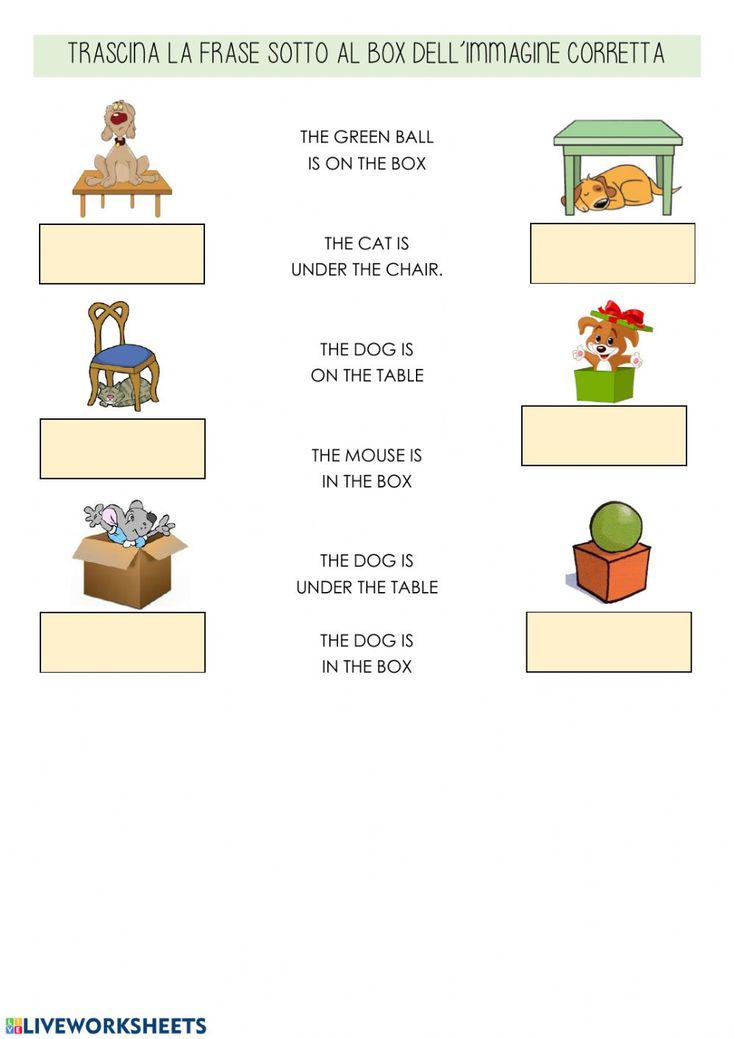
To get started, you can say an incomplete sentence, and then encourage your child to complete it. For example, you can begin with, “There is some juice…” Your child will then complete this with “…in the fridge.”
If they are still new to prepositions, kids will probably make a few mistakes. That’s OK! This is the perfect opportunity to help them learn and grow their vocabulary!
5) Musical Chairs With A Twist
Everyone enjoys playing musical chairs, so we thought it would be a great way to help kids learn about prepositions — with a bit of a twist, of course! All you need for this activity is some fun music, a chair, and an energetic child.
To begin, play the music and allow your child to walk clockwise around the chair (just like the traditional musical chairs).
The major difference is when you stop the music suddenly, your child will need to act out what you say. For example, sit behind the chair, under it, beside it, etc. You can even add to the fun with other instructions, like tapping on the chair or waving to the chair.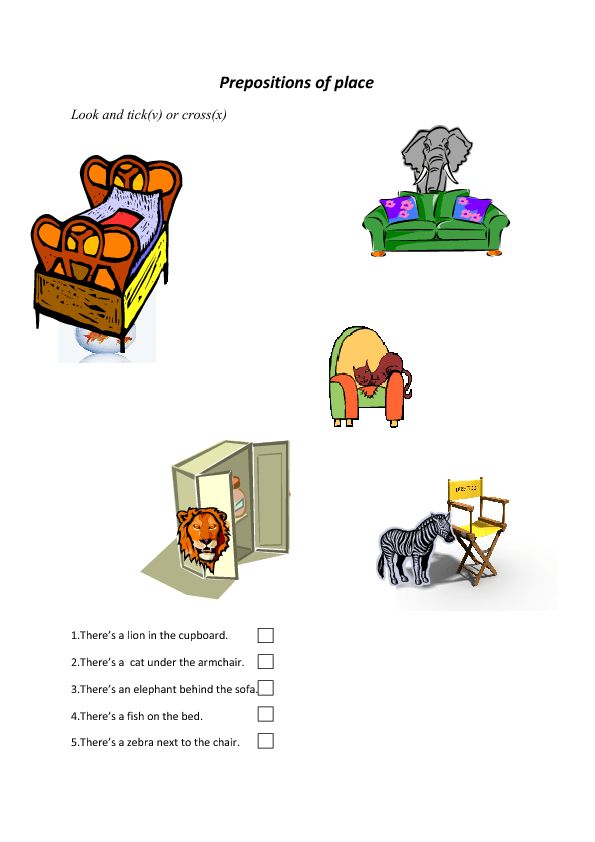
6) Sing-Along
You’ve probably heard your child singing along to their favorite songs before (they might even request them on the drive home).
If your child loves singing, why not use this to help them understand prepositions? All you need is a catchy tune (think of a song your child will already be familiar with, like “Row, Row, Row Your Boat”) and some instructions to go along with the song.
With a silly song, simple sentences, like, “Sit on the couch,” “Sit behind the couch,” etc., become much more fun and exciting for your child to engage with while learning.
7) Place The Toy…
Sometimes the best way to help your child understand prepositions is by physically placing a toy in different places.
To help your child get excited about this activity, use their favorite teddy bear or toy and then give them instructions on where to place it. For example, you might say, “Place your toy on/under/behind the bed.”
We love this game because it focuses on the movement of one object and may make it easier for children to grasp what the words on, under, and behind actually mean.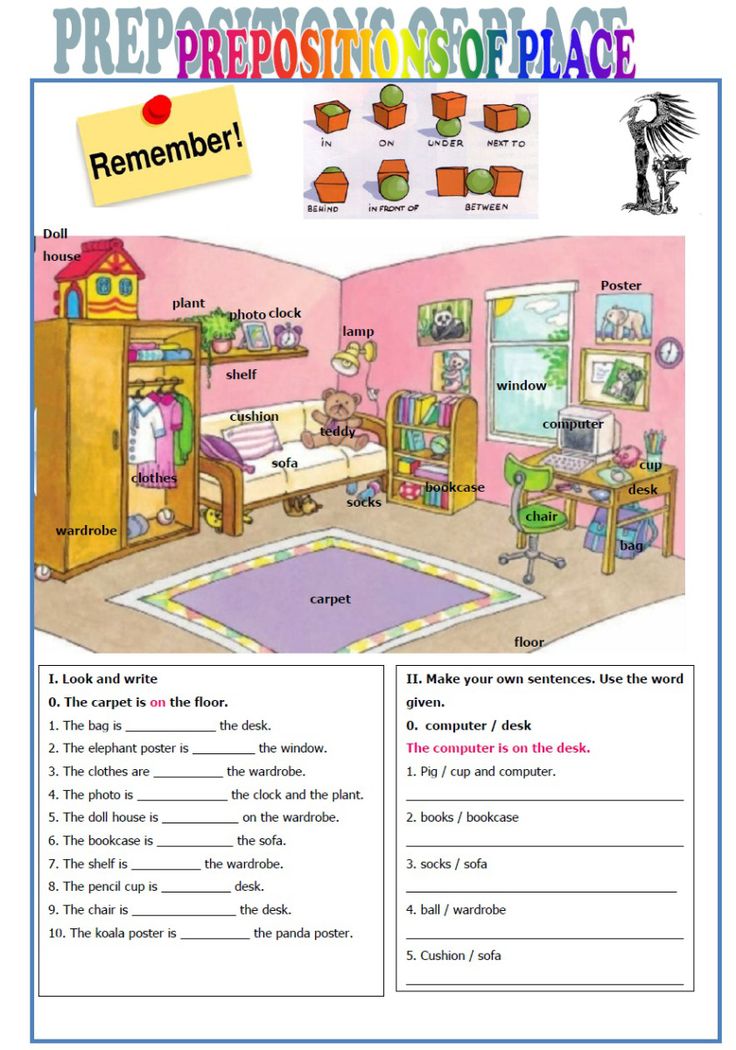
Even better, you can turn this into a fun game by seeing how quickly your child can move their toy around to different spots in the house!
Fun With Prepositions For Kids
From our list above, we hope you’re clear on one thing: There are many ways to introduce prepositions for kids while making sure that they see them in a fun and engaging way.
Whether you choose to use some or all of the above-mentioned tips, remember to exercise patience with your child as they try to wrap their heads around prepositions and the rules that come with them.
With plenty of exposure during your daily life, you’ll soon find your child mastering these often complicated concepts.
Check out HOMER’s Learn & Grow app for more on how to help children thrive through their early years!
Author
s, from, at, for, over. Educational lotto game for children 5-8 years old.
Dear speech therapists, educators and parents.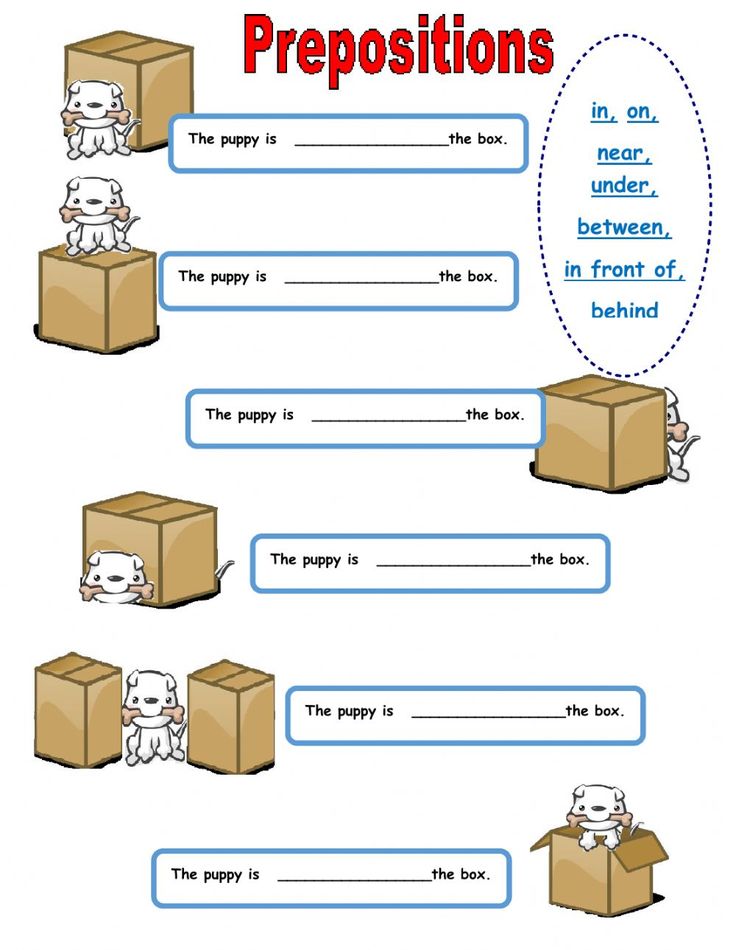 Before you is an educational game for preschoolers "Prepositions", the tasks of which:
Before you is an educational game for preschoolers "Prepositions", the tasks of which:
- help children understand the meaning and rules for using the most common prepositions in the Russian language.
- to develop the child's speech.
- prepare for school.
With the help of this manual, the child will learn the meaning of prepositions
C - movement of the object outward
FROM - movement of an object from the boundaries of something
Y - finding an object next to something
FOR - finding an object behind another object
OVER - finding an object above something
Equipment
2
the set consists of 8 sheets. Sheet with preposition schemes, 5 lotto cards, 2 split sheets with cards for each preposition (40 cards).Game preparation
Cut sheets 7-8 with cards along the dotted lines. The sheet with schemes of prepositions should not be cut - use it to teach and systematize the child's knowledge.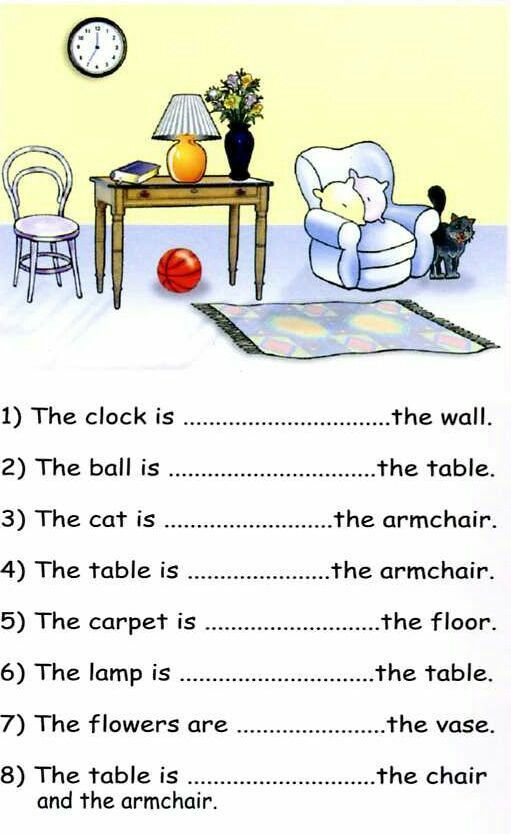 Look at the diagrams and related pictures with the children, explain their meaning. To make it easier for the child to understand it, let's play the material: take a cube and any toy and invite the child to put the toy and the cube by the cube, hold the toy over the cube, throw the toy off the cube, remove the cube from your clenched hand. Ask the child to explain what he is doing. After that, proceed to work with cards. When the child remembers the meanings of prepositions, the diagrams on the cards can be sealed.
Look at the diagrams and related pictures with the children, explain their meaning. To make it easier for the child to understand it, let's play the material: take a cube and any toy and invite the child to put the toy and the cube by the cube, hold the toy over the cube, throw the toy off the cube, remove the cube from your clenched hand. Ask the child to explain what he is doing. After that, proceed to work with cards. When the child remembers the meanings of prepositions, the diagrams on the cards can be sealed.
Option I
Look at the pictures on the cards together and ask your child to arrange the cards on the lotto sheets according to the diagrams. If the child made a mistake, draw his attention to the inconsistency of the scheme on the sheet with the content of the card.
Option 2
Players have big lotto cards. At the leading card. The facilitator asks a question, for example: “Where is the bee sitting?” or “What is the bee flying over?” The player responds.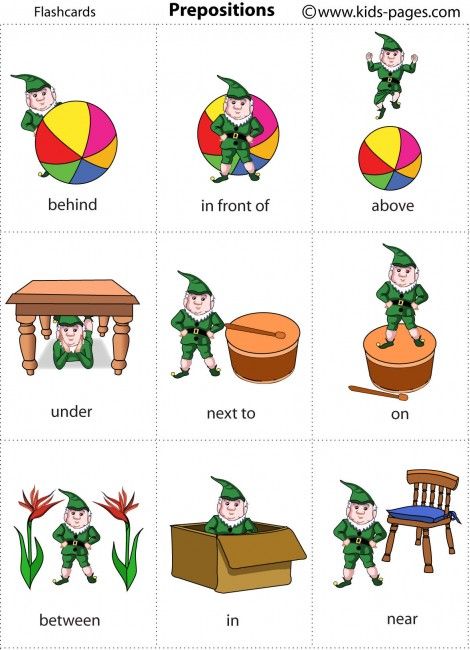 If the answer is correct, the player takes the card and puts it on the loto sheet.
If the answer is correct, the player takes the card and puts it on the loto sheet.
Option 3. “The fourth extra”
Lay out 4 small cards in front of the child, 3 of which will fit the scheme of one preposition, and the fourth - another. The child must explain which card is superfluous and why.
Option 4. “Find according to the scheme”
Put 3 cards with pictures on different pretexts in front of the child and ask him to find the necessary card according to the scheme.
Option 5. "Who is faster"
No more than 2-3 people take part in the game. Give each player 1 lotto card. Lay out different cards in front of the players. The one who fills his lotto card faster will win.
Option 6
Select several cards with the same (or different) prepositions and invite the child to describe the pictures using the correct preposition.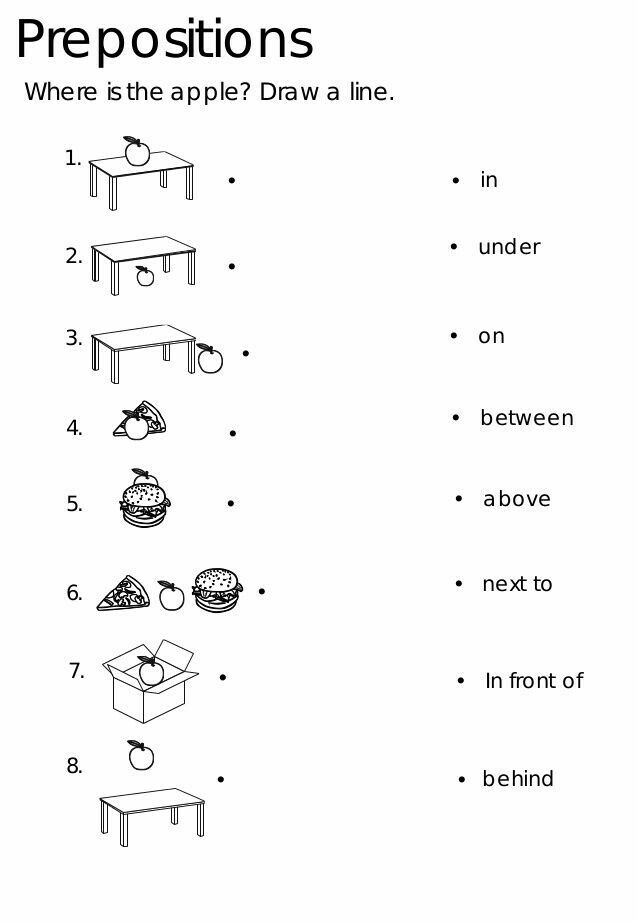
Dear speech therapists, educators and parents. You can invent new games yourself based on the proposed rules. Choose the simplest options first.
Card set for training
❤️
🔥 6
😁 3
😢 2
👎 2
🥱 2
Please evaluate the material.
Rating: 4.9 / 5. Number of ratings: 70
Help make the materials on the site better for the user!
Write the reason for the low rating.
Thank you for your feedback!
If you liked it, please share with your friends.
Viewed 1494 times
CHILD DEVELOPMENT: Introducing Prepositions to the Child
Introducing the Child to Prepositions
We bring to your attention developing tasks that will introduce your child to Prepositions.
The exercises and games offered in these tasks introduce the child to the main prepositions of location in a playful way. Performing the exercises proposed in the book, the child will learn to clearly differentiate the meanings of various prepositions, to use them correctly both in speech development classes and in everyday life.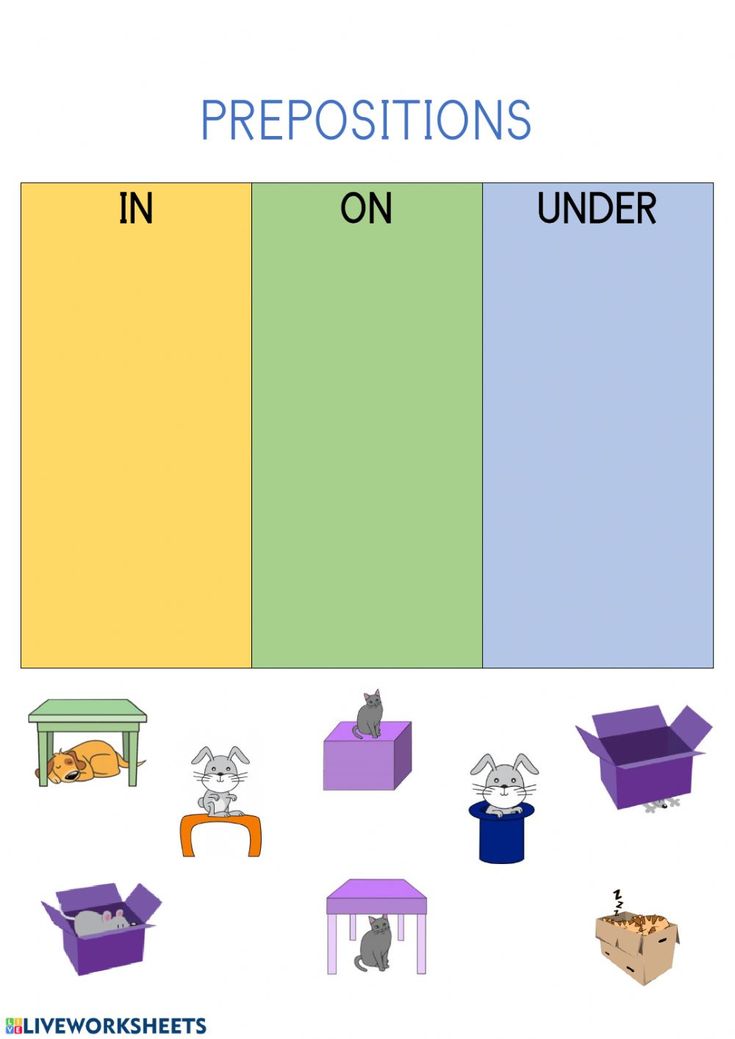
Total: 9 tasks
Total: 16 cards
Introducing Prepositions to the Child
Introducing Prepositions to the Child
Cut the sheet into individual cards. There will be 16 cards in total.
6 cards show different variants of the mutual arrangement of two identical objects - a box and a mouse.
The remaining 10 cards contain more complex tasks - they show the relative position of different objects and already three, not two.
Cards - Prepositions
Card game options:
1. First, offer your child cards with a picture of a mouse and a box. Ask to see a picture of a mouse in a box (on the box, behind the box, etc.). To check the correctness of the answer, you can turn the cards over and read the prepositions written on the back.
2.Using cards with prepositions written on them, you can offer the child the game "What is where?" To do this, offer to choose any card, for example, a card with the preposition B - and ask to find something in the room that is in something (clothing In closet, cubes In box, bookmark In book, etc.). Such a game can be played with several children, arrange a competition. The next time you can offer to come up with and name your own examples of using various prepositions (monkey ON tree, juice IN glass, bench UNDER tree, etc.)
Publishing House "Karapuz". Word garden. Short words - Prepositions.
Next Previous Main page
Subscribe to: Comments on the post (Atom)
-
Hard and soft consonants
Use flashcards to teach your child to tell when consonants are soft and hard. Blue - solid Green -
-
Syllables. Making words from syllables
Syllables.
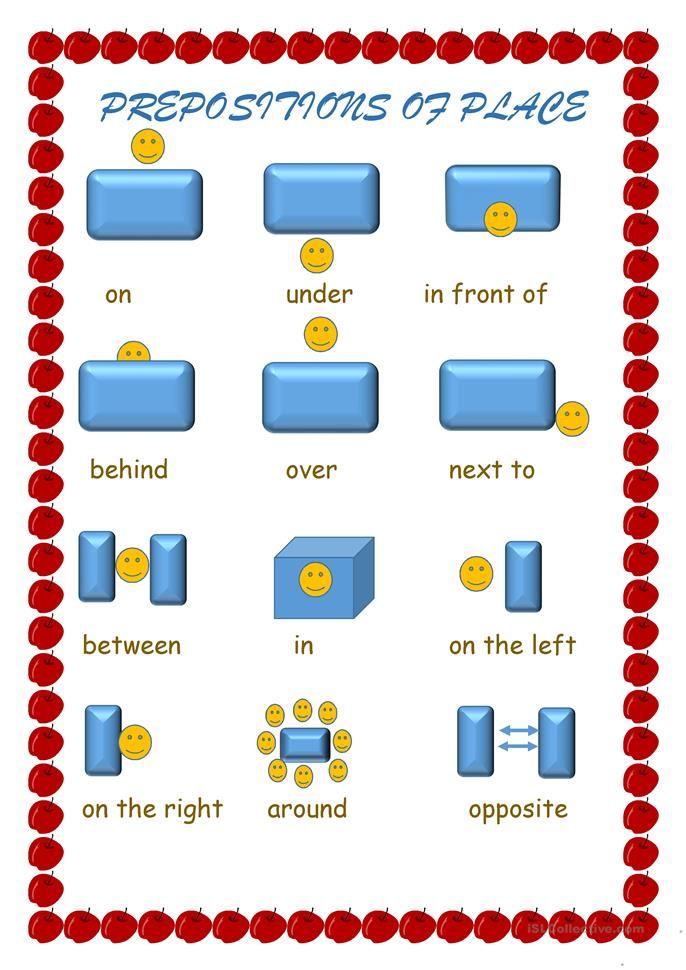 Making words from syllables. Download free flashcards with letters and syllables. There are 20 cards in total. Letters and syllables for children. Cut...
Making words from syllables. Download free flashcards with letters and syllables. There are 20 cards in total. Letters and syllables for children. Cut... -
Pictures with the image of Clothes and Shoes
Pictures with the image of everyday clothes and shoes, Clothes, Shoes, clothes cards, Shoes cards. Thematic cards "Clothes"
-
Russian Alphabet Color Cards
Russian Alphabet Color Cards. Each card with a letter has a picture starting with that letter. With these cards you can ...
-
Educational cards for games with children
Today we will get acquainted with the original way of making educational cards for classes with children from 1 year old at no special cost. Interesting...
-
Match the numbers and Color the picture
Learning numbers and counting with your child? How to fix the passed material? Consolidation of the material covered can be turned into an interesting and r.
